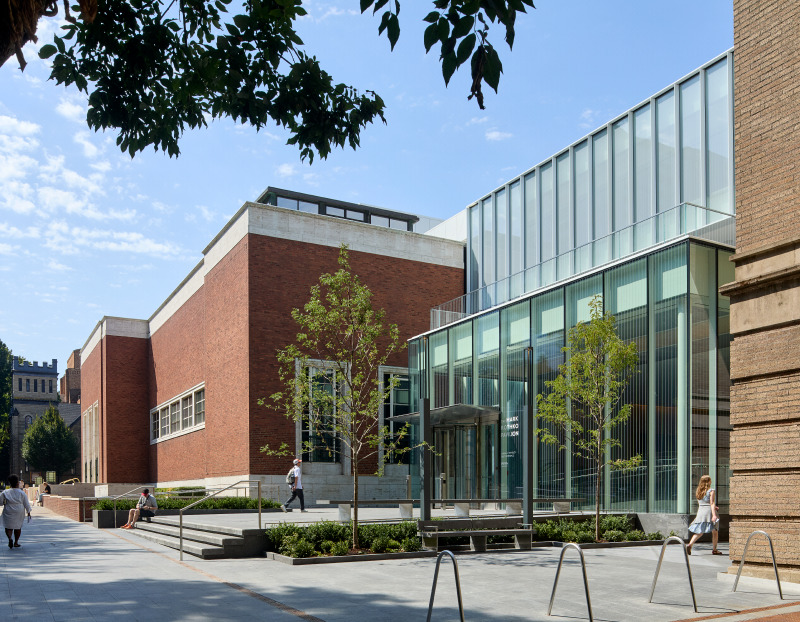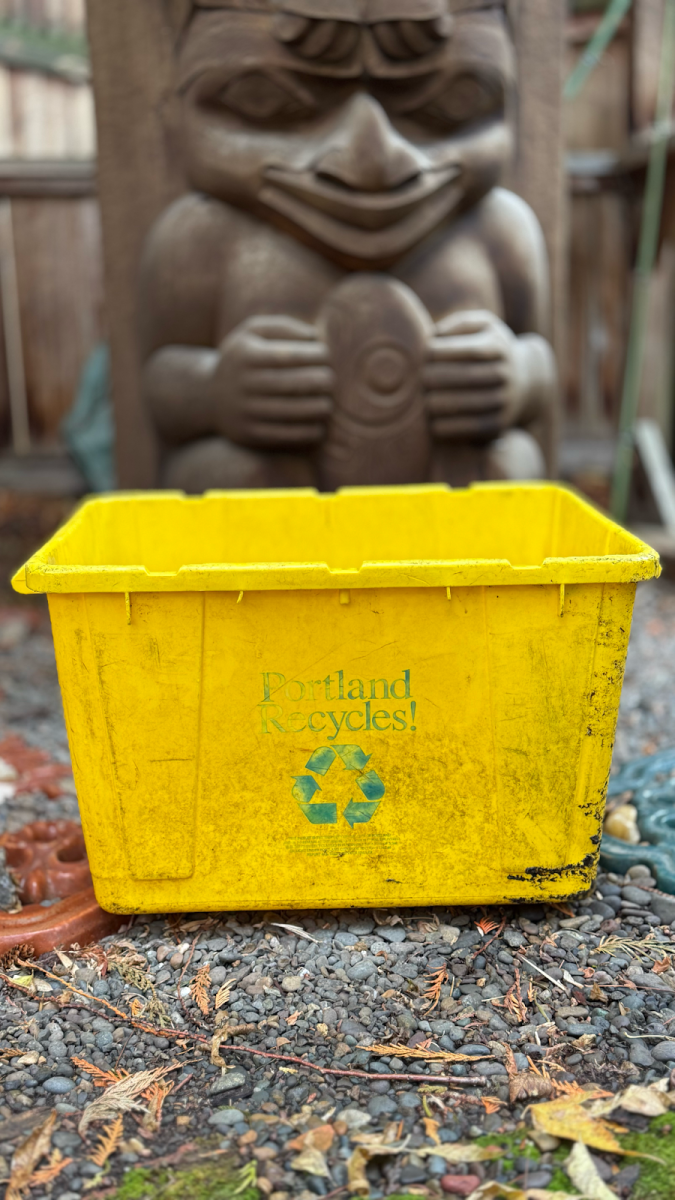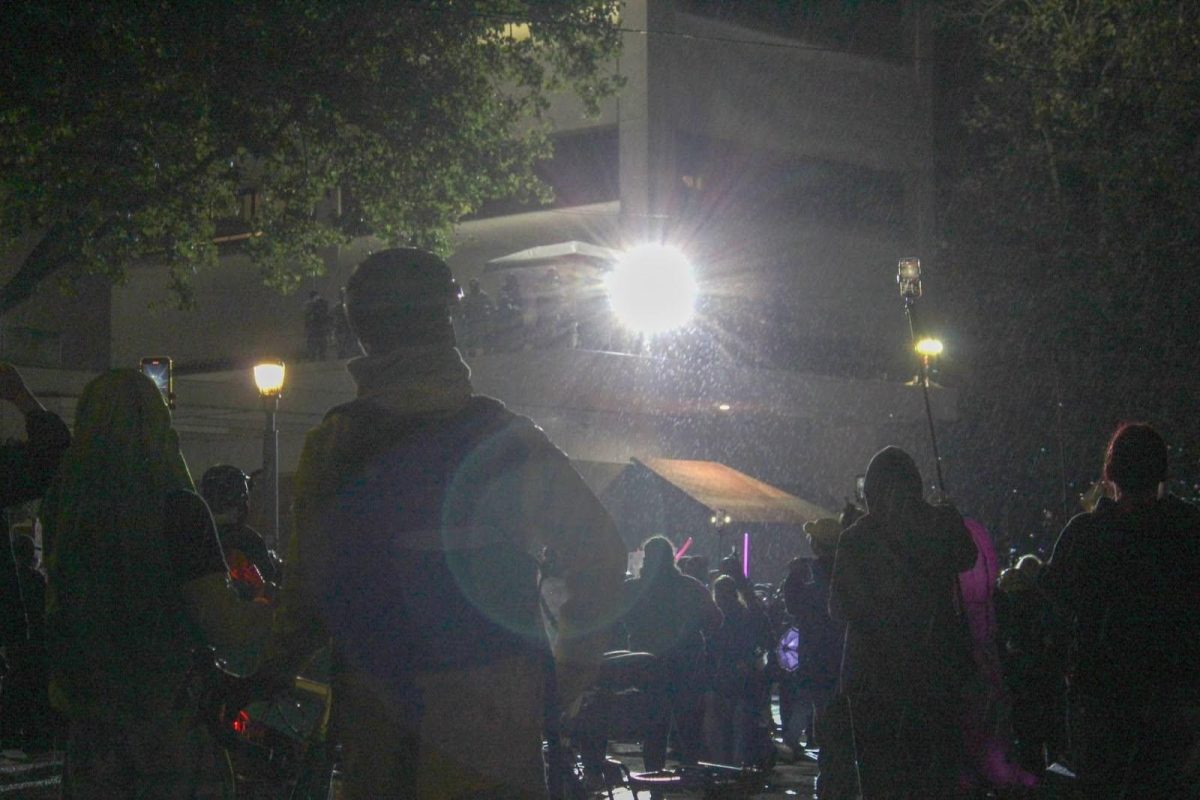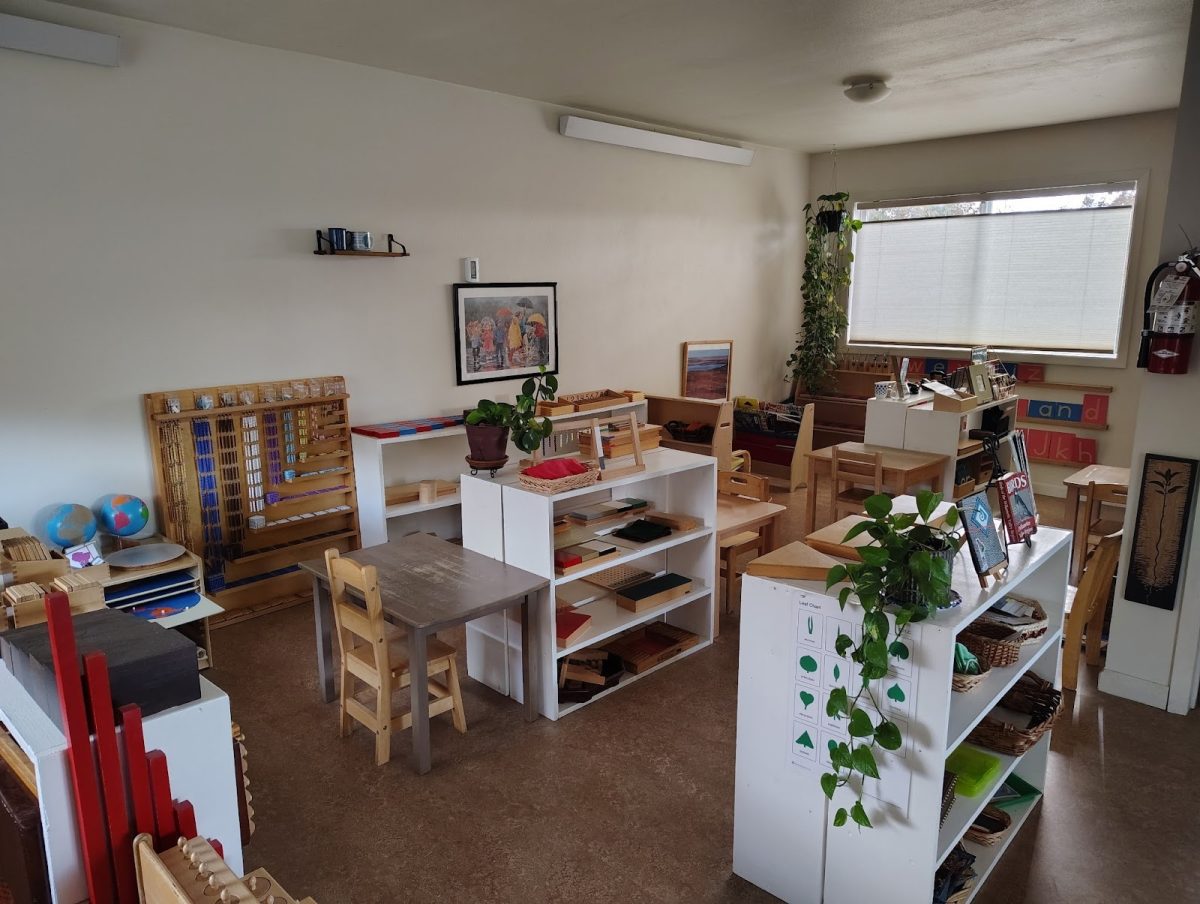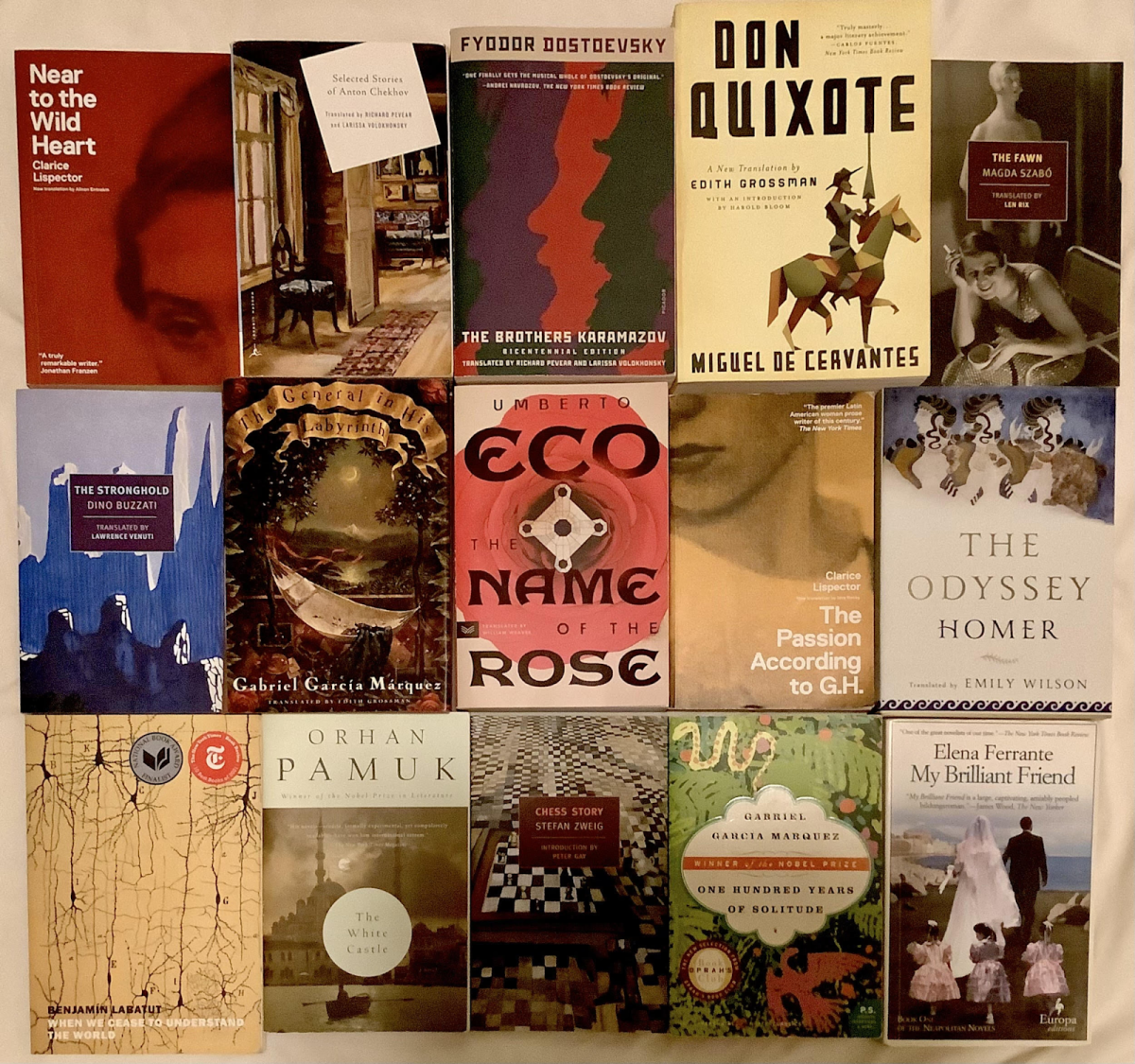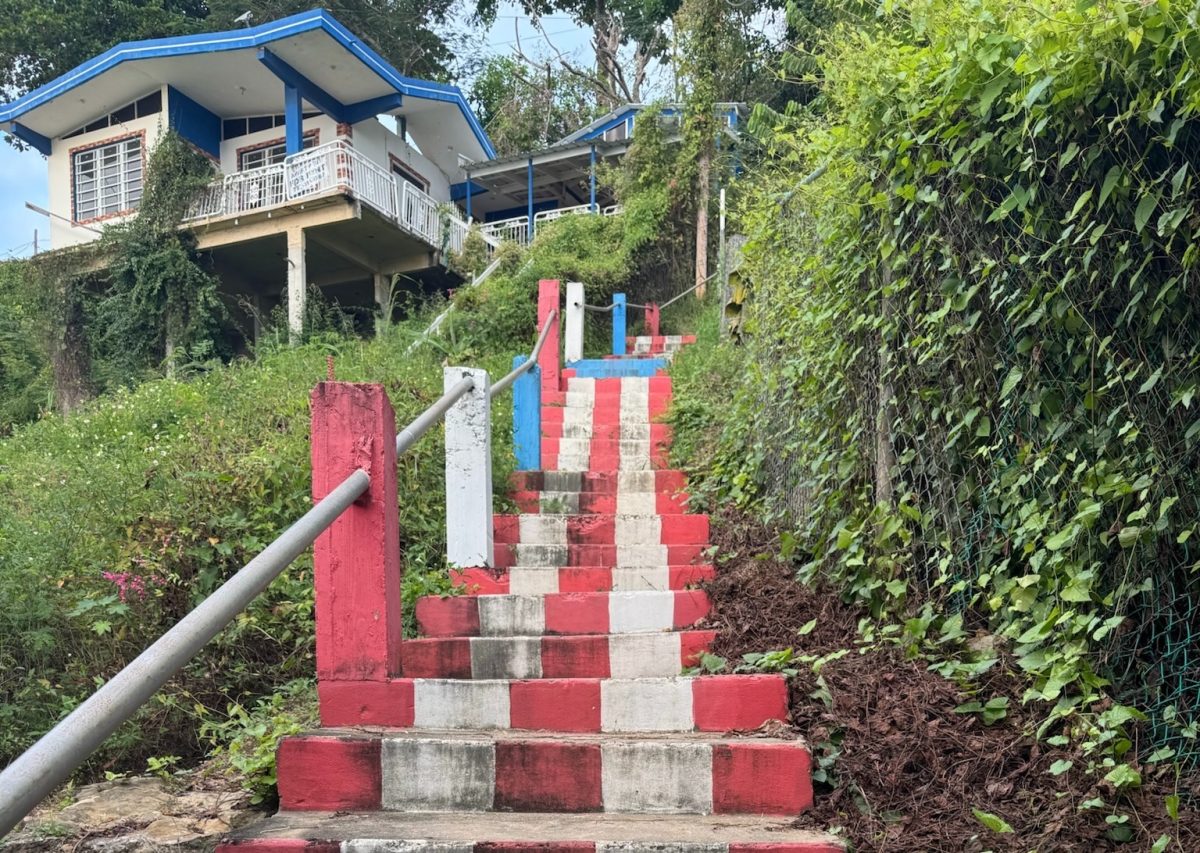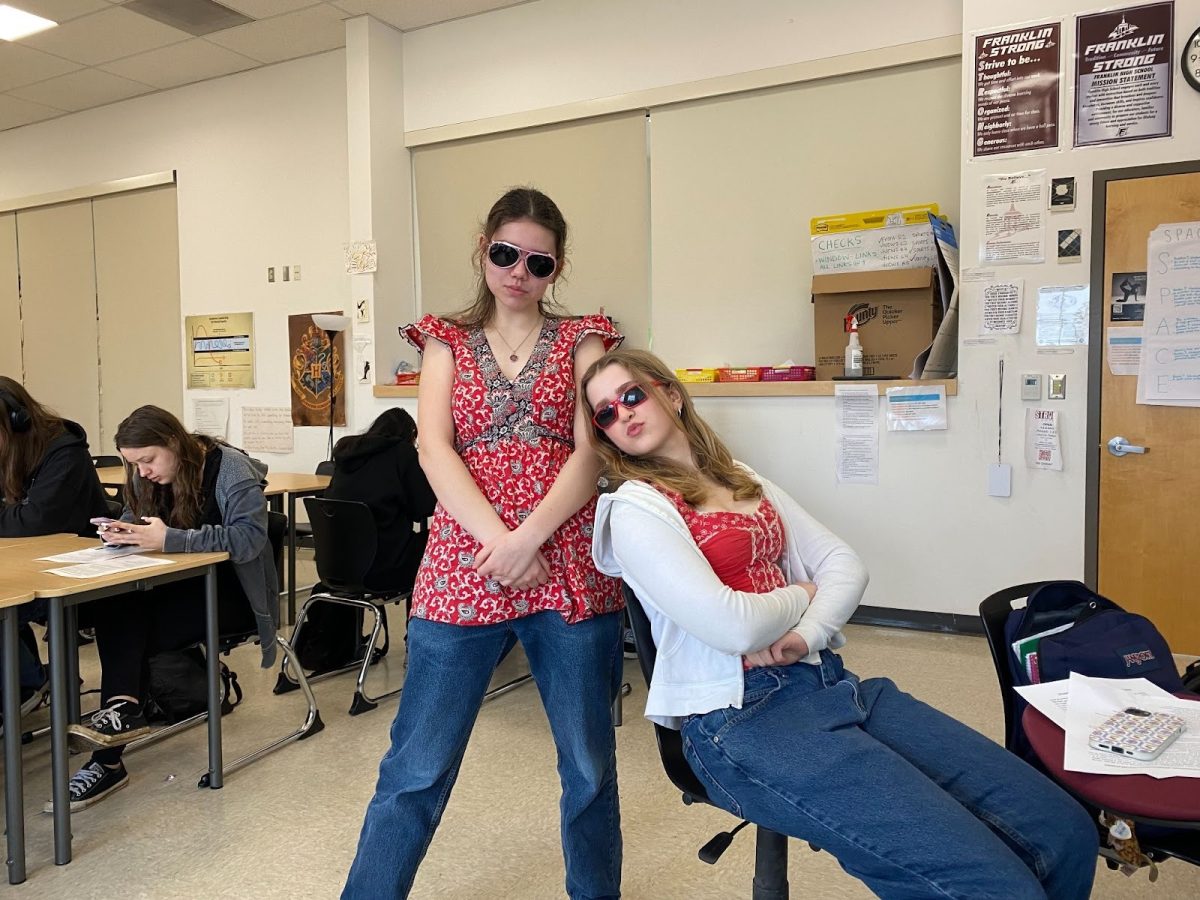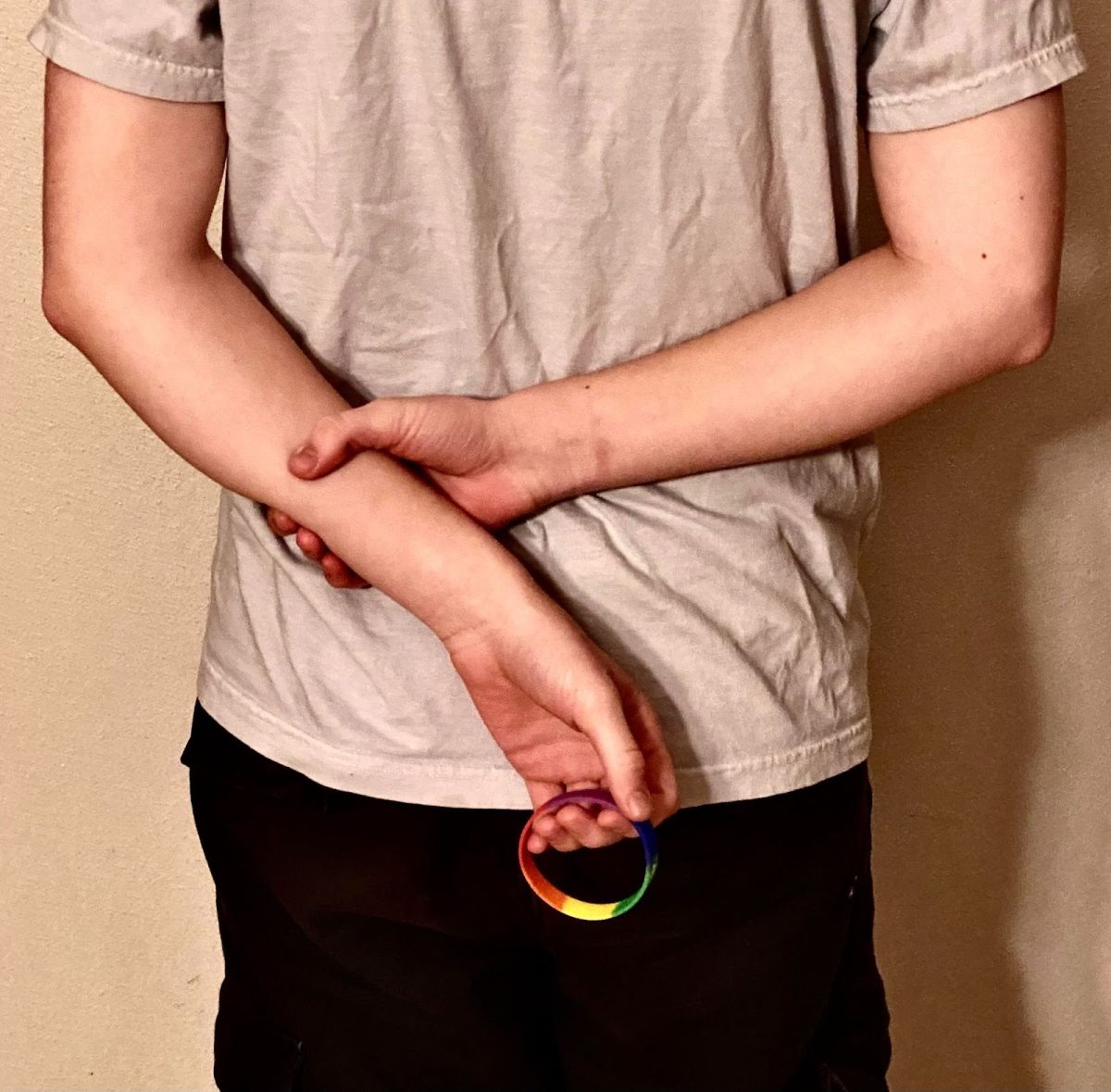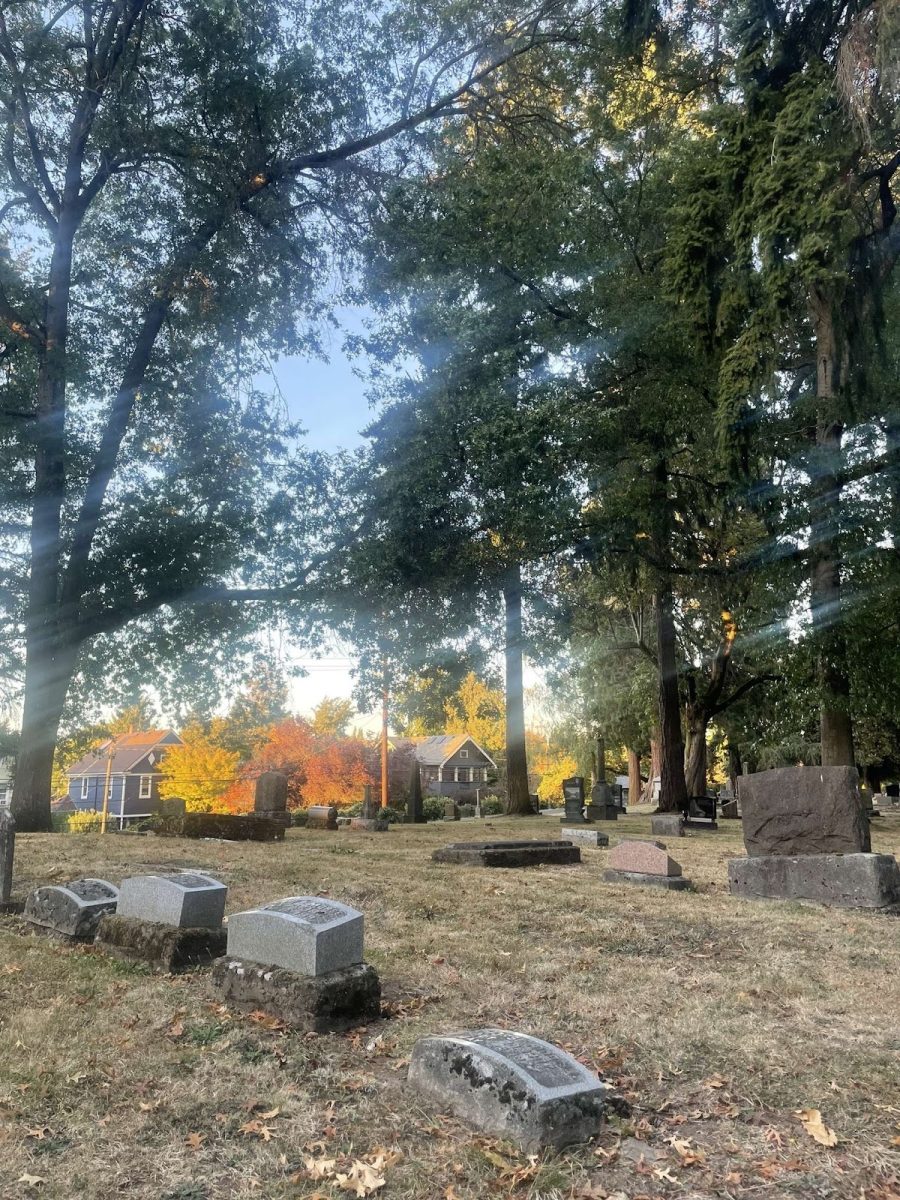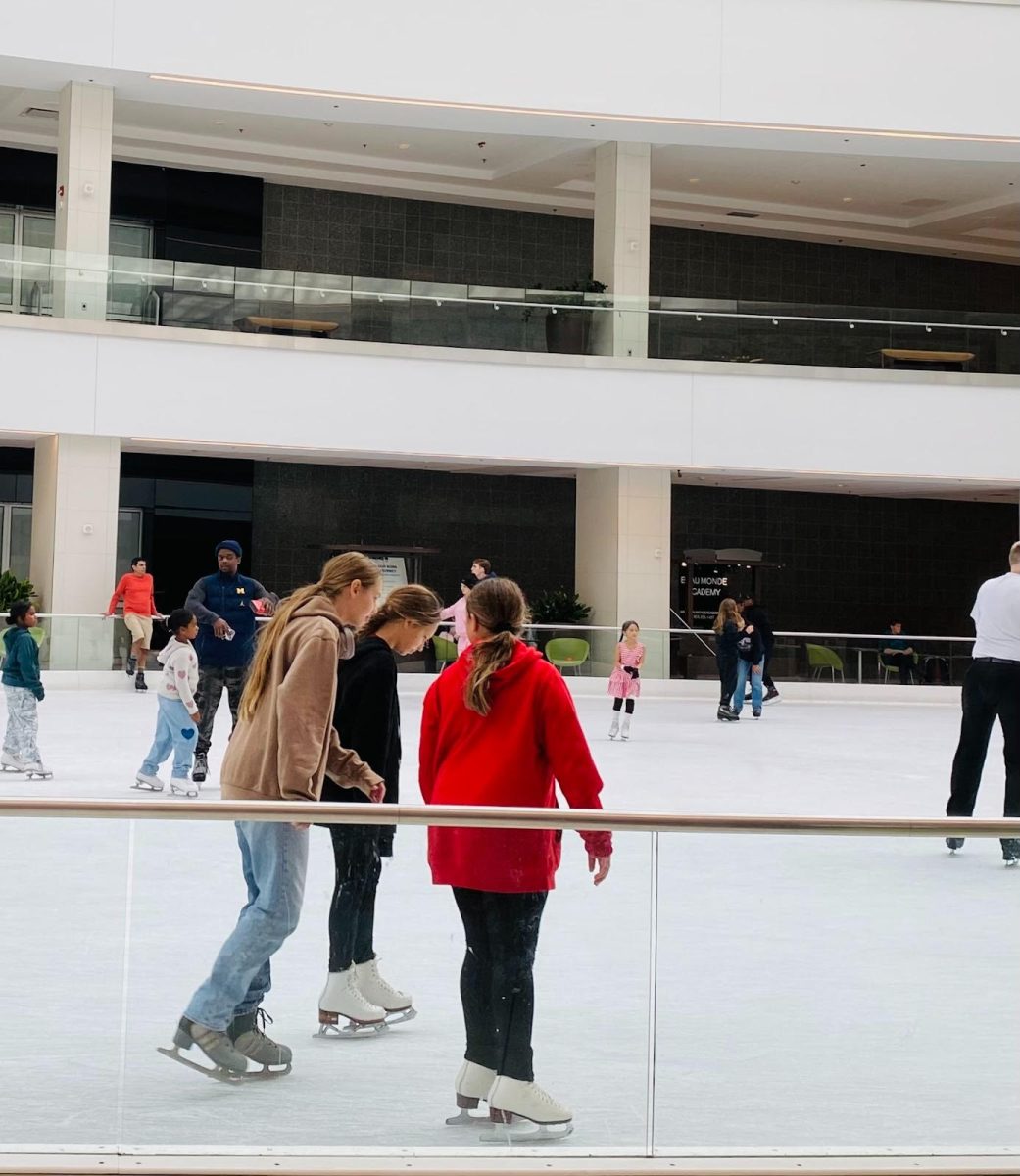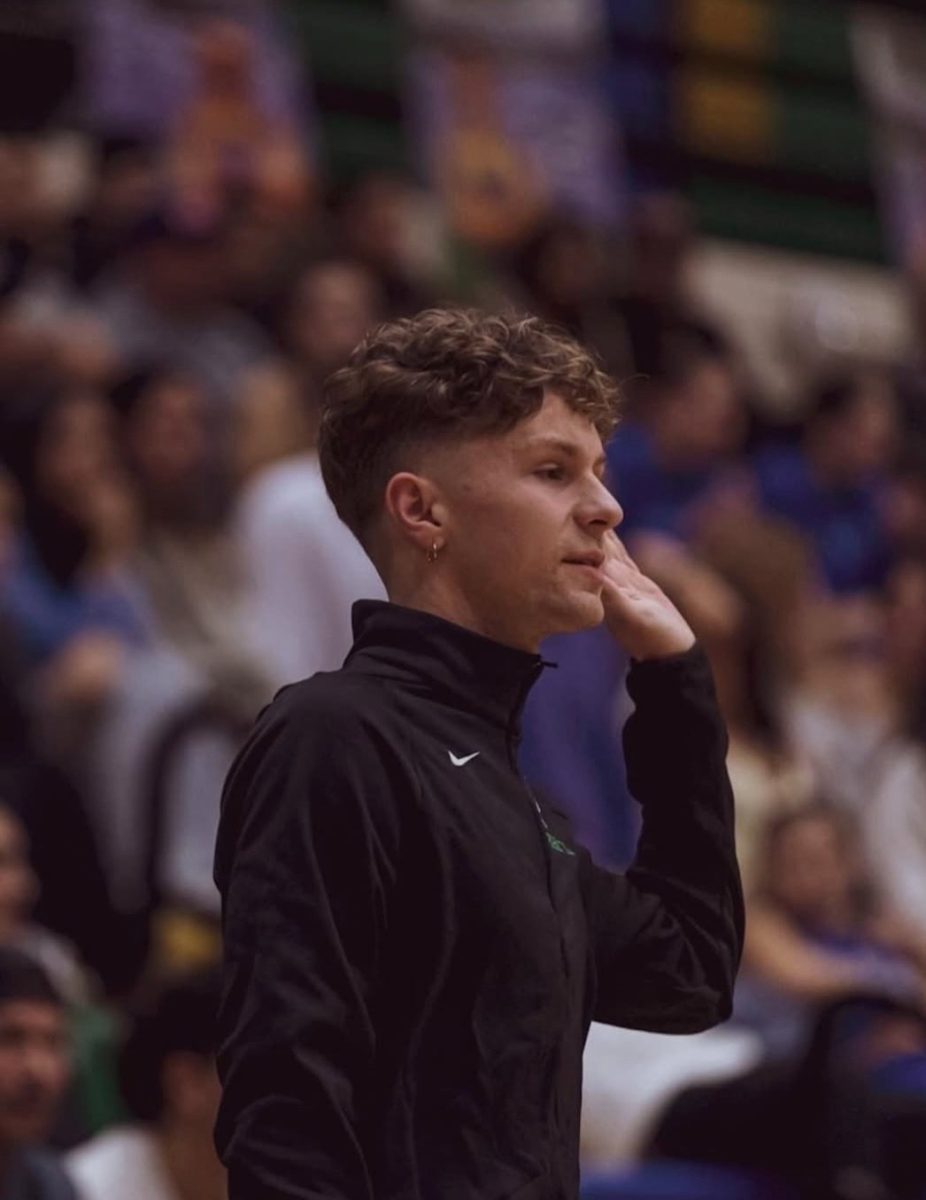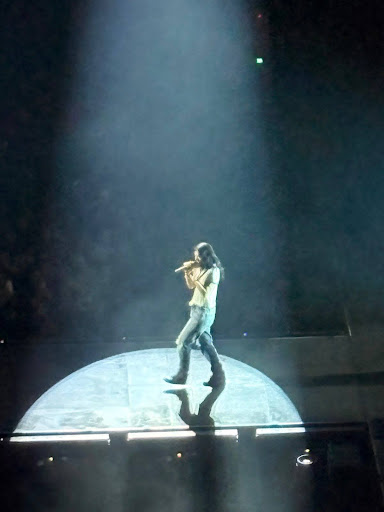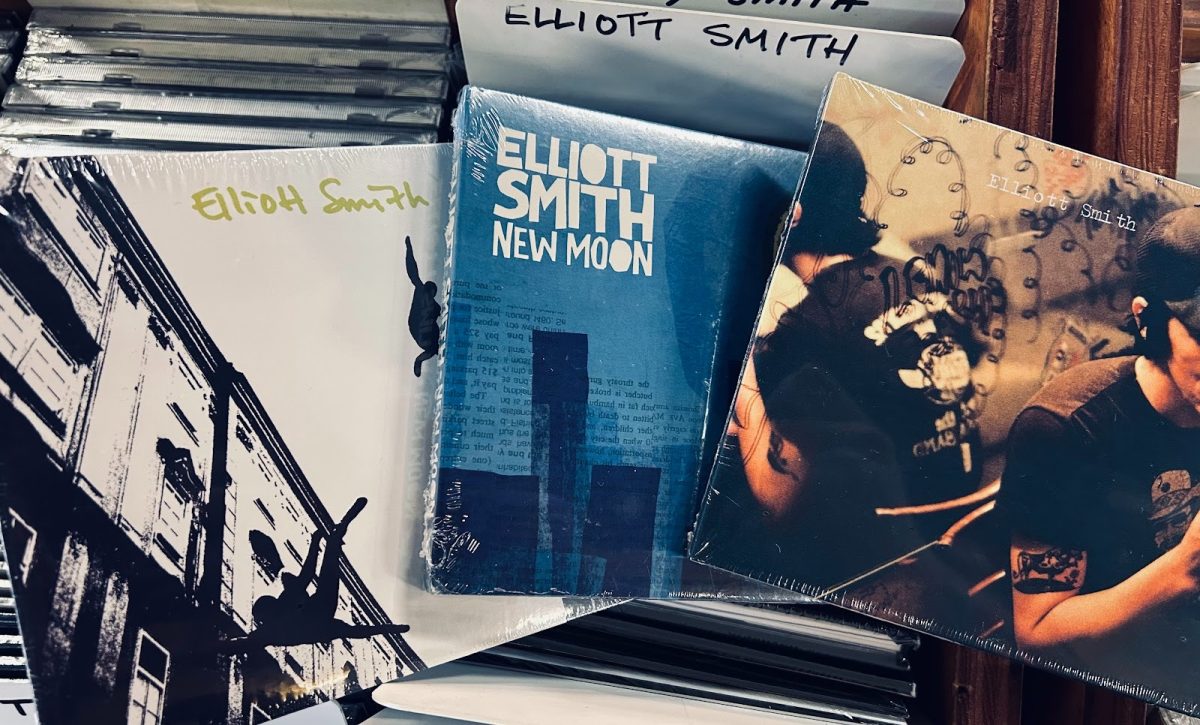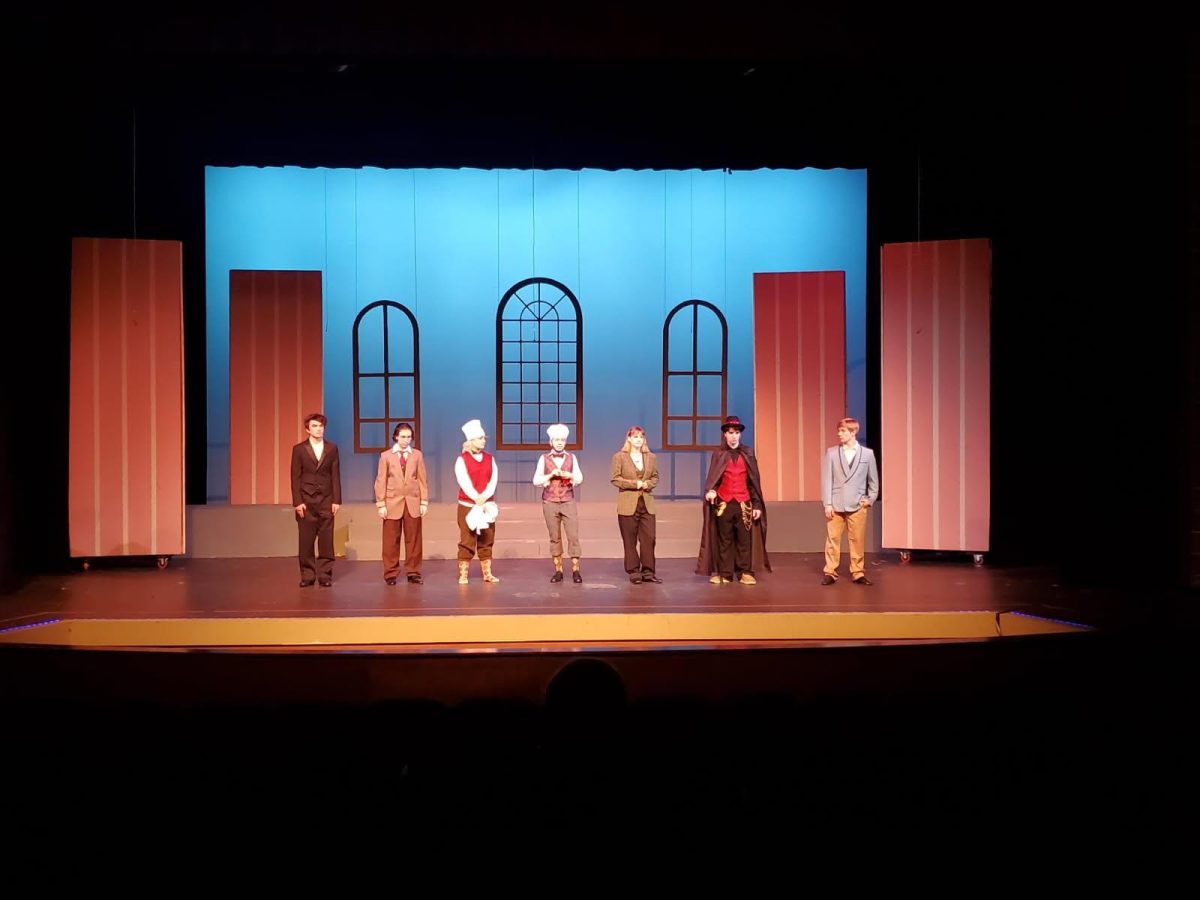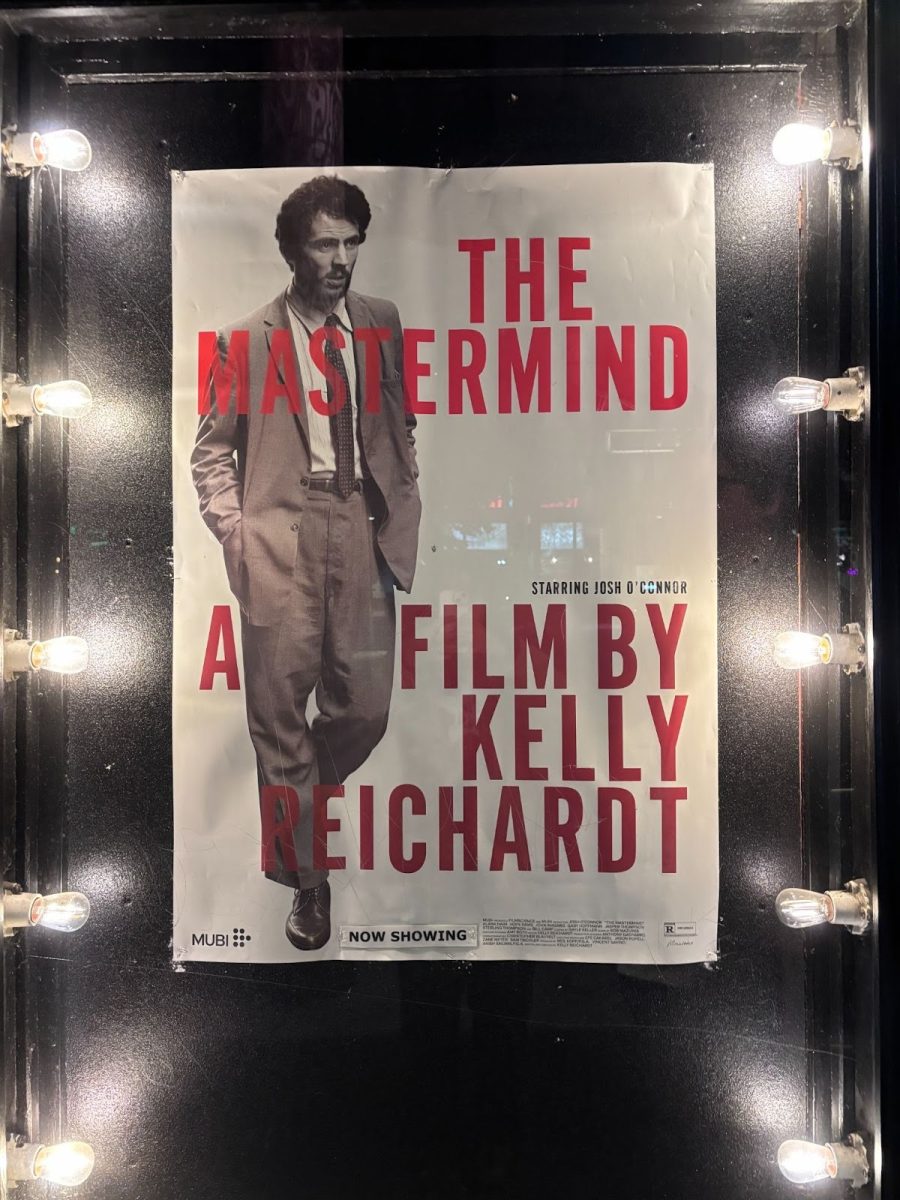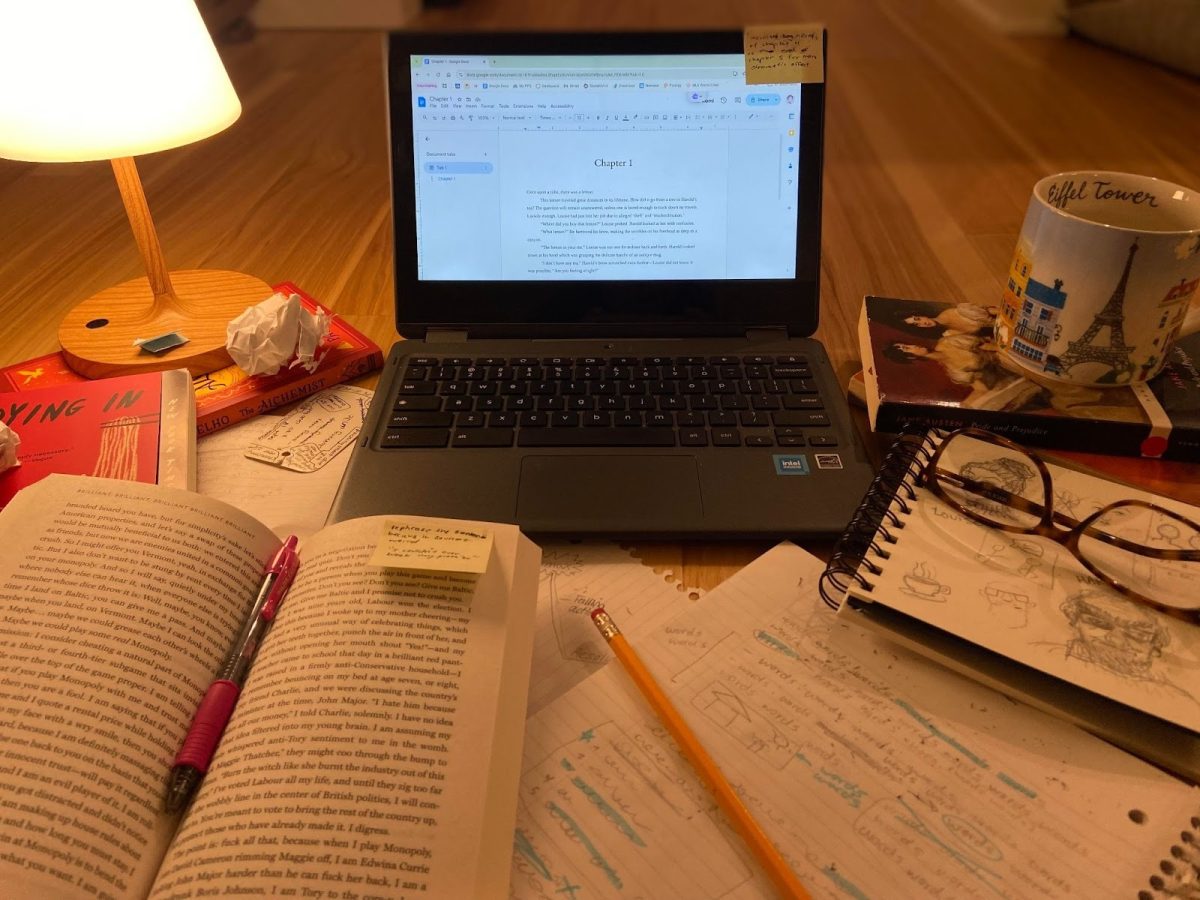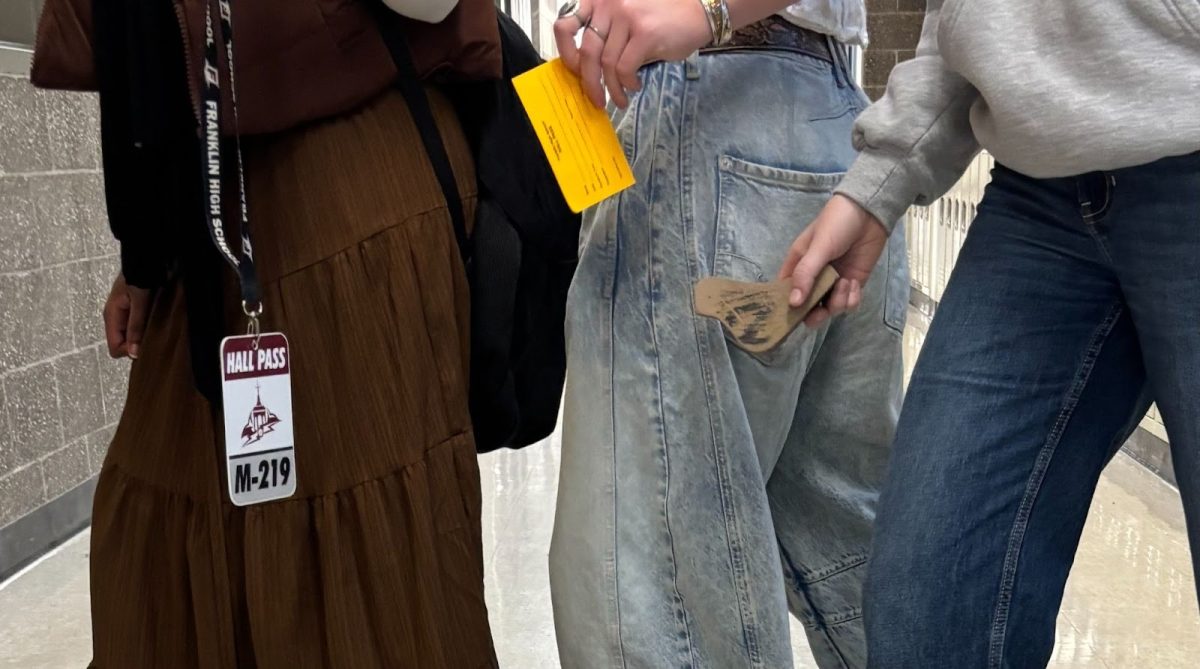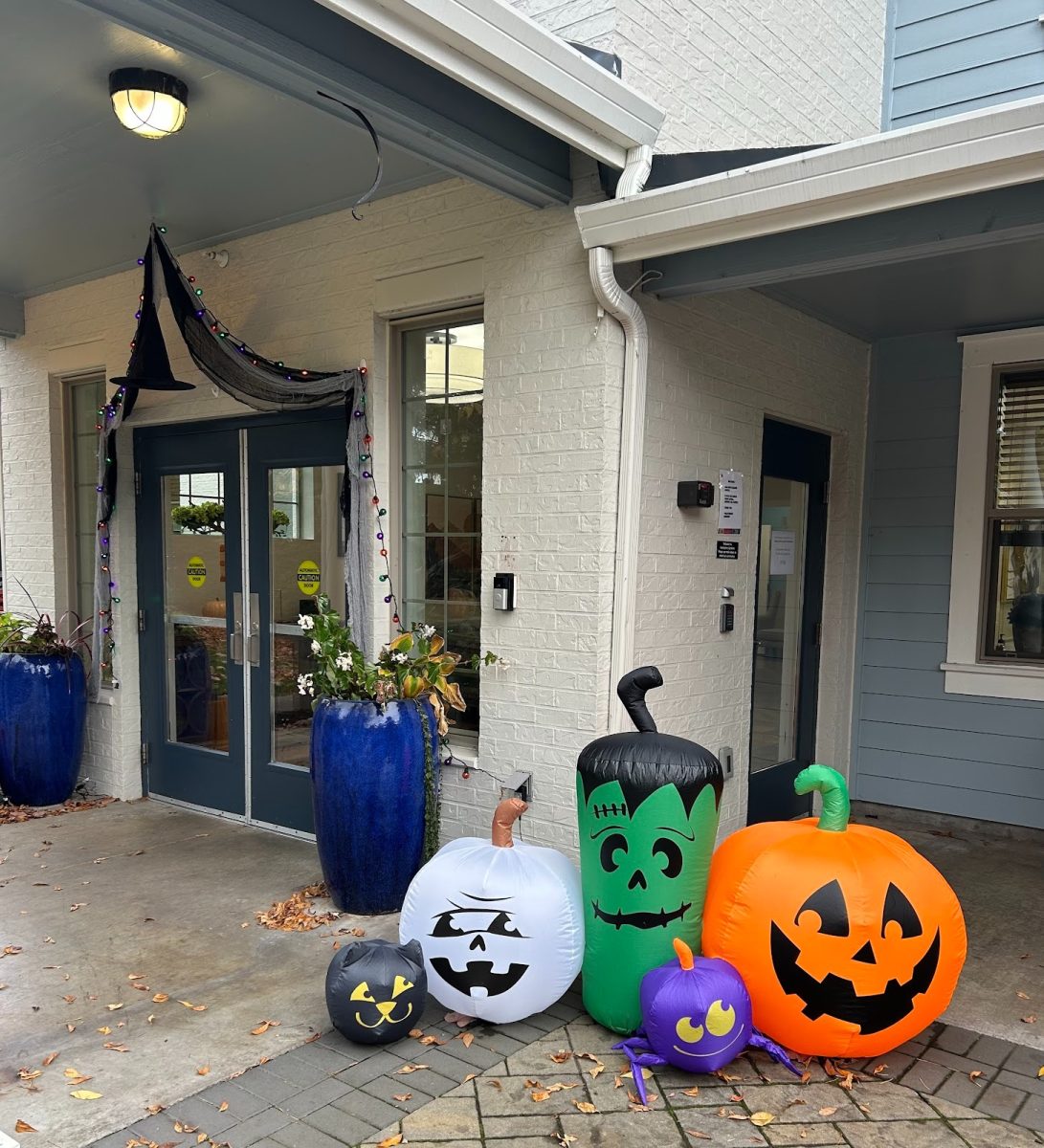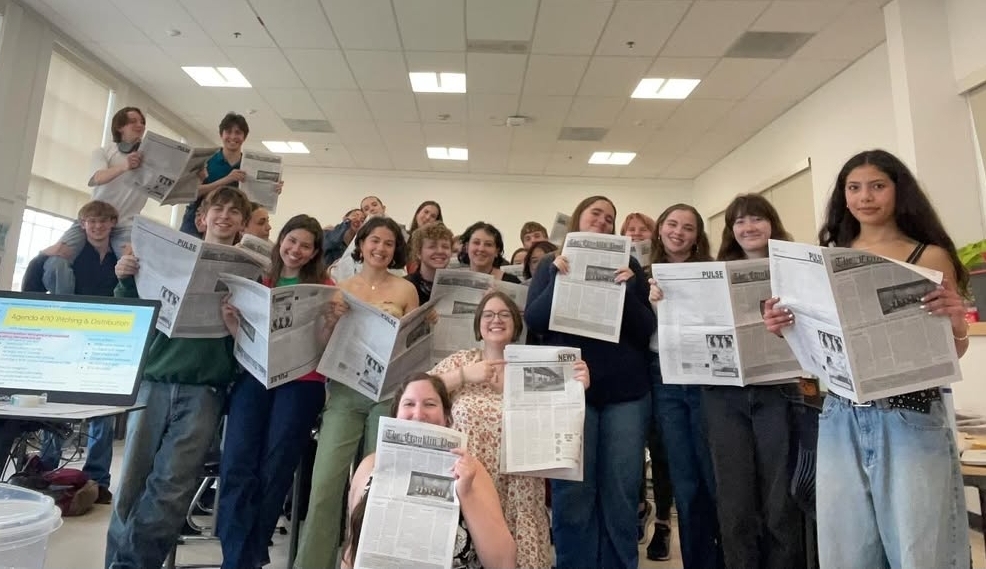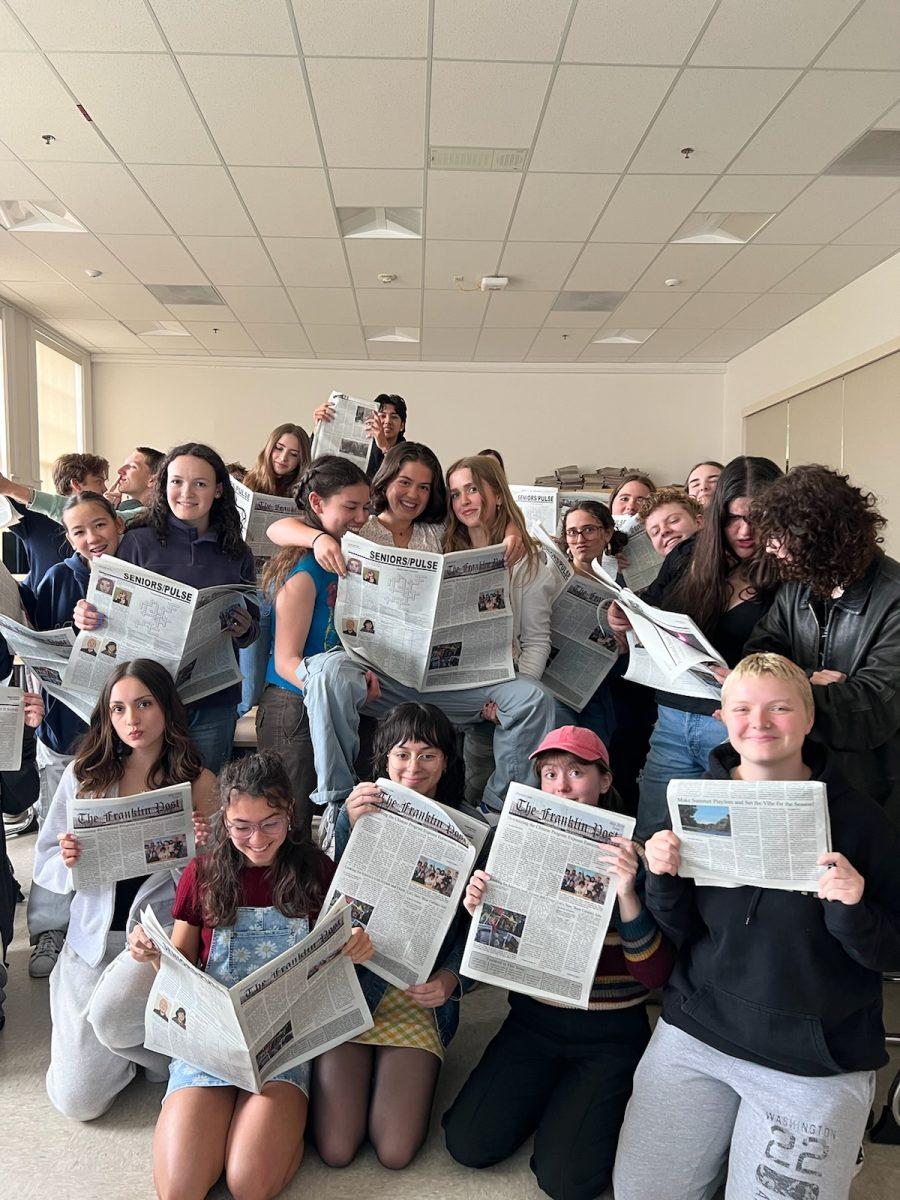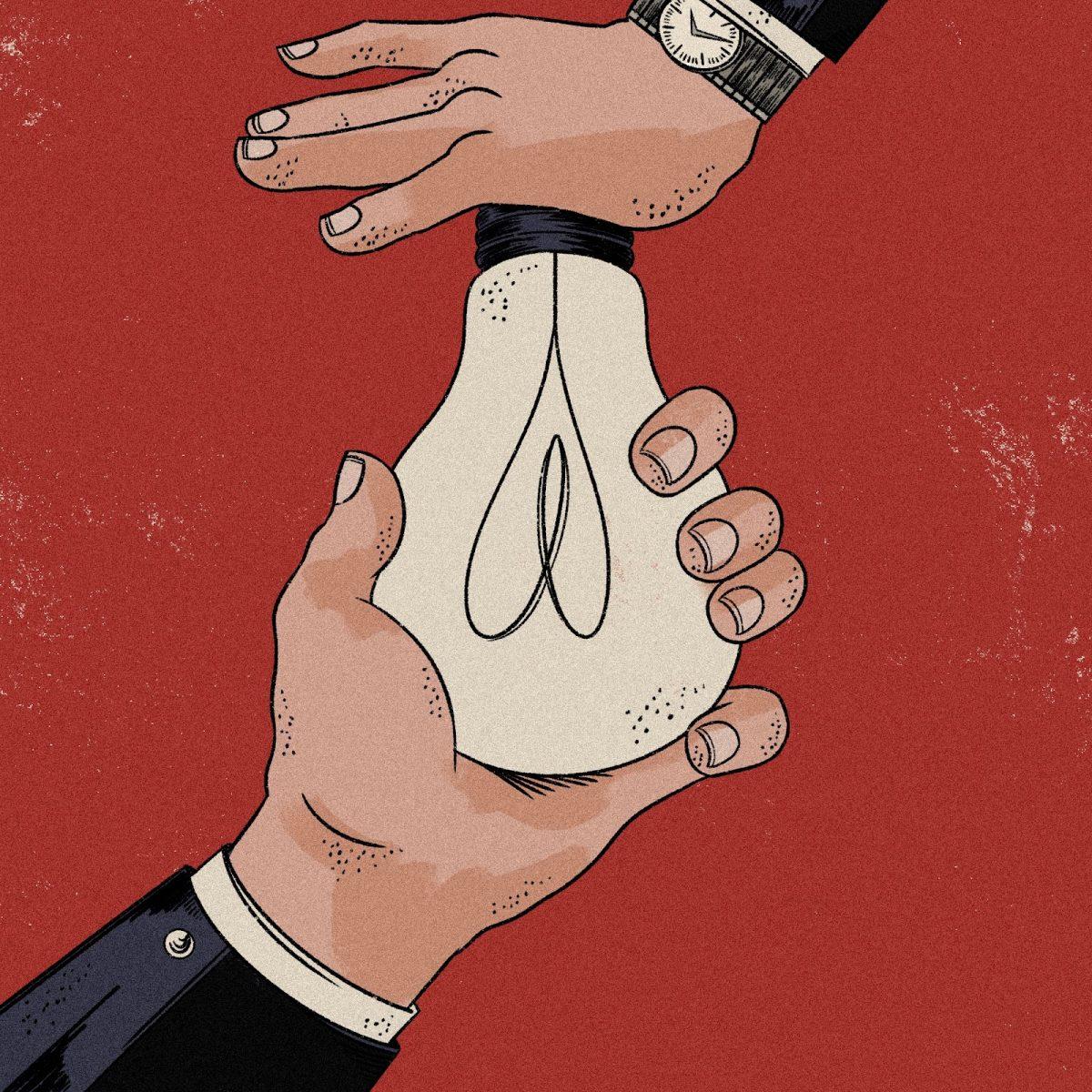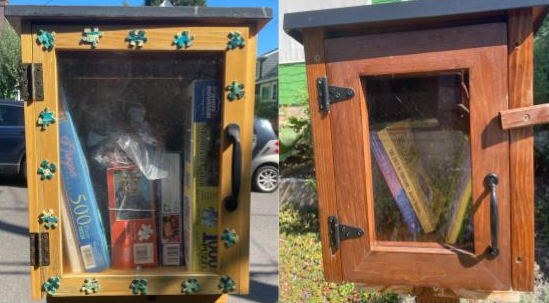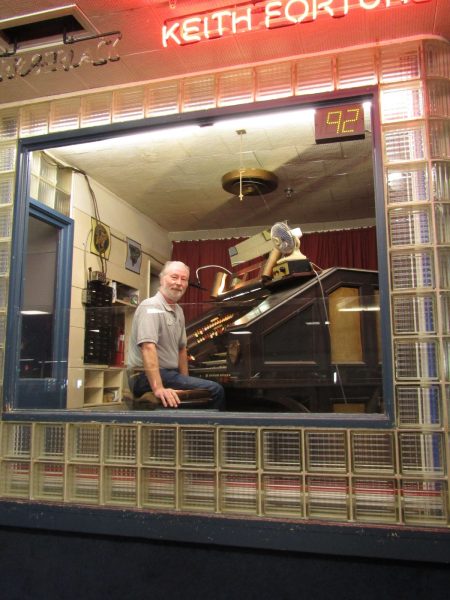
“There are two musical instruments that are unique to the United States of America,” remarks Andrew Dunning, president of the Columbia River Theatre Organ Society (CRTOS). “And that is the banjo and the theatre pipe organ.”
Throughout American history — in movie theaters, pizza parlors, or roller skating rinks — the theatre pipe organ has found its niche and resists its would-be relegation to antiquity. Grand, sonorous, and jovial, the sound of the theatre pipe organ has left a distinct mark. “It is a different enough instrument from your regular organ that it has a whole different sect of devoted individuals,” explains Dunning.
Adapted from the pre-existing pipe organ, the theatre pipe organ diverged as a new species of instrument in the early 1900s. It was the product of the melding of the ideas of English inventor Robert Hope-Jones and Rudolph Wurlitzer, who possessed the manufacturing means for the instrument with the Rudolph Wurlitzer Company. Initially patented as the unit orchestra, the instrument’s goal was to grant a single player the power of an entire orchestra. The ambitions of such an instrument were quite, well, ambitious. Soon, the unit orchestra became the Mighty Wurlitzer — the apt nickname for the 2,143 pipe organs manufactured by the Wurlitzer company between 1910 and 1943. “It’s a thing that shakes a whole room,” describes Dunning.
“It seemed like I was destined to do this,” says Keith Fortune, a Portland-area organist who has been playing for over 35 years. Fortune found his way to the organ through roller skating as a child, while waiting in line to get into the Imperial — a since-closed skating rink. Fortune recalls that moment, saying, “I saw a massive organ hanging over the rink, and I just decided that I wanted to play that. I’ve been doing it ever since.” After that moment in line, Fortune soon began learning to play, making the switch from his then six years of experience with the classical piano. “It took a lot of determination to learn,” he says. “It has to be in your blood — it got into mine right away.”
Though Fortune no longer skates, he remains involved with the activity as the primary organist at the Oaks Park Roller Skating Rink. “There’s a back and forth with the people who are regulars here who do the dances,” says Fortune. “You get an energy. Everybody’s loving what you’re doing — sometimes clapping or hooting or hollering when you finish a song — and that comes back to me, makes me play better.” For Fortune, it’s the versatility of the theatre pipe organ that makes it so special.
Enchanted by the organ’s sound, a prospective organist may take to its console — the command center of the instrument. “There’s no manual. It’s really just a matter of sitting down and getting to know the instrument,” says Fortune, reflecting back to the days when he was learning to play. “My first year, I had butterflies whenever I was playing.”
Dunning explains the basic elements of the theatre pipe organ: “There are two or three or five keyboards you play with your hands. There’s another keyboard underneath the organ that you play with your feet — and that’s the lowest notes.” The instrument can be challenging for learners, as it is very involved. “At any one time, you’re using all four limbs, plus you’re listening and trying to pay close attention to how it all sounds, right? And you then, on top of that, have to be a musician about it,” details Dunning. “It can be intimidating.”
To the untrained eye, the pipe organ may masquerade as an abnormal piano. It does have the keys; as Dunning mentions, sometimes it can have thrice the sets of the measly, single-key-set piano. The Oaks Park Wurlitzer has four keyboards, called manuals. It also has a variety of flips and controls, and a pedalboard. The electrical signals generated at the keyboard are relayed to sound the correct pipes. Pressurized air moves through pipes of different sizes, producing different sounds. “It’s very difficult,” says Dunning, of learning to operate such an instrument. “But I love it when it works.”
The theatre pipe organ enjoyed the glory days of the silent film era, which roughly started in 1900 and ended by the 1930s. With the range of an entire orchestra, the theatre pipe organ could narrate silent movies with gusto, hence its wildfire-like spread.
Then came the Talkie — a motion picture with synchronized sound and audible dialogue. Movies now had their own sound and own voices. Following this development, “the production of theatre pipe organs came to a screeching skid,” states the American Theatre Organ Society (ATOS) website. Without a demand for organ accompaniment, the mainstream, sound-filled films of the day spelled a degree of doom for the theatre pipe organ.
Though they may have been abandoned or demolished elsewhere, Fortune notes that theatre pipe organs still very much found homes in roller rinks across the country — that is, until disco. “Disco was a big shot in the arm for all skating rinks,” says Fortune, describing how the musical genre changed skating to be less connected to the organ. “The organ just slid slowly into the background, further and further.”
The organ is constantly fighting the uphill battle to remain unobscured. As styles of entertainment have shifted, the theatre pipe organ has had to fight to remain unobscured. “While there were originally several thousand theatre pipe organs around the U.S. and U.K., today only a few hundred remain,” states the ATOS website. Multiple of those remaining instruments are found in Portland.
Notably, right here in Southeast Portland, Cleveland High School possesses the Kimball Pipe Organ. “It’s just a magnificent instrument,” says Dunning, with admiration. “It’s the best instrument of its kind in the Northwest.” The instrument was built for the theater scene, but eventually, in the late 1930s, found a home at Benson High School. It moved to Cleveland in the late ’80s and has been there ever since. In the past few years, CRTOS has worked on maintaining the instrument and now tries to host monthly public performances.
Setting up Cleveland’s organ to play is not a trivial task. “You have to take the console out of the stagecraft shop, wheel it all the way around the front of the school, into the front of the auditorium, then down the aisles of the auditorium, and put it next to the stage,” narrates Dunning. Despite this difficulty, Dunning highlights the good condition of the instrument and is “hopeful that [Cleveland’s] choir and band and orchestra will want to use it more.”
Another pertinent organ in Portland is found at Oaks Amusement Park — the iconic Wurlitzer. Moved to the amusement park in 1955 from the now-defunct Broadway Theatre, the Wurlitzer is the last pipe organ in a roller skating rink in the country, comments Fortune. “The park is committed to keeping the organ. … I feel really lucky that … it’s going to remain here.”
The Oaks Park Wurlitzer organ has been manned by Fortune since 1989. In addition to other organists, he has created the soundtrack for casual skaters and skate dancers alike. Though the organ’s songs resonate loudly throughout the rink, Fortune notes that not all in attendance are aware of the noise’s origin. “I have countless times of when people will be here and skate for an hour, and then realize, ‘Oh, hey, there’s a guy playing,’” comments Fortune. “They have no idea that the music is coming out of all those pipes above the floor. They think it’s coming out of the speakers.” Fortune credits this frequent realization to the general lack of exposure to organs. This reflects the absence of organs from the public places they once inhabited. “They’re all disappearing,” says Fortune.
Members of the CRTOS, individual organists, instrument enthusiasts, and interested listeners compose Oregon’s theatre pipe organ community. Dunning hopes to continually grow CRTOS membership, and he hopes to encourage new people to play and to listen to the theatre pipe organ. The CRTOS’s largest source of new membership is from the silent film accompaniments hosted at the Hollywood Theatre; they usually accrue one or two new members per movie, and they host about eight movies per year. Dunning says that is “enough to offset the number of members dying every year.”
The theatre pipe organ possesses a grand, enriched historical significance. Its ties to history, however, may create an air of antiquity or old-fashionedness that seems inseparable from its music. Dunning argues the opposite. “This musical instrument can do anything you want,” he says. “I can play everything from Bach to ‘Wicked.’” The sheer musical capability of the theatre pipe organ means it can’t be confined to a singular era or style. The ingenuity of organists has continually fueled this exodus from a singular definition of what the theatre pipe organ is.
Starting in the ’60s, without a place in movie theaters, big theater-style pipe organs would play in pizza parlors. “You would have a pizza parlor the size of a gymnasium with a big pipe organ at one end playing the popular music of the day, in addition to playing any classical music or whatever the audience was requesting,” says Dunning. Portland’s own Organ Grinder, which operated from 1973 to 1996, was one such pizza parlor. “Every night, they were playing. They had half a dozen organists on staff. It was a packed house all the time,” exalts Dunning.
Though the landscape may be constantly changing for the theatre pipe organ, dedicated organists work to preserve the great instrument. Some aspects of that mission pose an uphill battle. For one, most organists are older; until about two years ago, Dunning — aged 28 — was the youngest member of the CRTOS by 30 years. Some of his fellow members have been playing for 60 years.
Fostering a younger generation of organists is made difficult by the relative inaccessibility of the instrument. Dunning knows people who, as teenagers in the ’70s, would “call up the manager of [a] theater, and [the manager] would let them in, and they [could] do whatever they want[ed] on the organ. … That’s not really a thing anymore.” Locating and gaining access to an organ can be tricky.
Further, learning to play an instrument takes time. “I can’t skip a class and go play on the organ anymore,” says Dunning. “I have to work all day, all week long.” Finding that time within the hasty pace of life is difficult, and, as Dunning describes, creates “a missing middle ground” of interested people who are out of school but not retired. “There’s so much put on people nowadays that doing hobbies is difficult.”
Despite these challenges, Dunning believes in the theatre pipe organ, its music, its community, and the importance of preserving it. Though it may be difficult to find time to play or learn, Dunning believes in the vitality of being connected to music: “I think [music is] a good avenue for us to be in touch with ourselves. If the music we are listening to or making is eliciting feelings inside us, I think that’s an important connection.”
